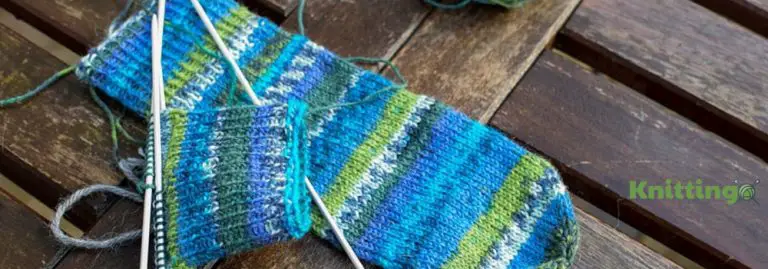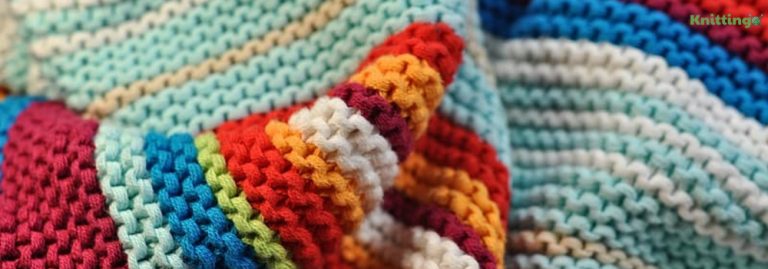Shrinking woolen clothes can be done with caution. Fill a basin with hot water, making sure it’s not boiling, and add a small amount of mild detergent. Submerge the garment and gently agitate it for a few minutes. Rinse with cold water, then press out excess water without wringing. Next, place the garment in a dryer on high heat or use a hairdryer on the hottest setting, stretching and reshaping it periodically.
Overview of Wool Fiber Characteristics
Wool is a natural fiber derived from the fleece of sheep or other animals like goats and alpacas. It possesses several unique characteristics that make it highly sought after:
- Insulation: Wool fibers have excellent insulating properties, providing warmth in cold weather and keeping the body temperature regulated.
- Moisture-wicking: Wool can absorb moisture up to 30% of its weight without feeling damp, making it effective at drawing moisture away from the body and keeping the wearer dry.
- Breathability: Wool allows air to circulate, preventing overheating and promoting breathability, which is crucial for comfort.
- Odor resistance: Wool has natural antimicrobial properties, inhibiting the growth of odor-causing bacteria and reducing unpleasant smells.
- Durability: Wool fibers are resilient and have a natural elasticity, making them resistant to tearing and able to retain their shape over time.
- Flame resistance: Wool is inherently flame-resistant and has a higher ignition threshold compared to other fibers, making it a safer choice.
- Softness and comfort: The fine fibers of wool, especially from merino sheep, are soft and gentle against the skin, providing comfort and reducing irritation.
- Natural UV protection: Wool fibers can absorb and block harmful UV radiation, offering some protection against the sun’s rays.
- Sustainable and renewable: Wool is a renewable resource, and its production has a lower environmental impact compared to synthetic fibers.
- Dyeability: Wool readily accepts dyes, allowing for a wide range of vibrant colors and patterns.
Different Types of Wool and Their Properties
There are several types of wool available, each with its own unique properties. Here are some common types of wool and their characteristics:
- Merino Wool: Merino wool comes from Merino sheep and is known for its fine and soft fibers. It is highly breathable, moisture-wicking, and has excellent insulating properties. Merino wool is often used in high-quality clothing and outdoor gear.
- Cashmere: Cashmere wool is derived from the soft undercoat of cashmere goats. It is luxurious, lightweight, and extremely soft. Cashmere provides excellent insulation and is prized for its warmth and comfort.
- Alpaca Wool: Alpaca wool is sourced from alpacas and is similar to cashmere in terms of softness. It is lightweight, hypoallergenic, and provides excellent thermal insulation. Alpaca wool is known for its durability and resistance to pilling.
- Mohair: Mohair comes from the hair of Angora goats. It is lustrous, strong, and has a distinct sheen. Mohair is known for its excellent thermal properties, durability, and resistance to wrinkling. It is often used in sweaters, scarves, and upholstery.
- Lambswool: Lambswool refers to wool sourced from the first shearing of lambs, usually around seven months old. It is soft, lightweight, and provides good insulation. Lambswool is commonly used in knitwear and blankets.
- Shetland Wool: Shetland wool comes from Shetland sheep, known for their hardy nature. It is warm, lightweight, and has a natural bounce and resilience. Shetland wool is often used in sweaters, socks, and accessories.
- Tweed: Tweed is a type of woolen fabric known for its rough, durable texture and characteristic patterns. It is often made from coarse wool fibers and is commonly used in outerwear, suits, and accessories.
- Angora Wool: Angora wool is derived from Angora rabbits and is exceptionally soft and lightweight. It has excellent insulation properties and is often blended with other fibers to enhance its warmth and softness.
Common Woolen Fabrics and Their Suitable Uses

There are several common woolen fabrics available, each with its own characteristics and suitable uses. Here are some examples:
- Flannel: Flannel is a soft and warm woolen fabric that is often brushed to create a fuzzy texture. It is commonly used for shirts, pajamas, and bedding due to its cozy feel.
- Tweed: Tweed is a durable woolen fabric known for its characteristic patterns and rough texture. It is commonly used for outerwear, suits, skirts, and accessories like caps and bags.
- Worsted Wool: Worsted wool is a fine and smooth fabric made from longer wool fibers that are tightly spun and woven. It is often used for high-quality suits, trousers, skirts, and dresses due to its refined appearance and drape.
- Melton: Melton is a dense and heavy woolen fabric that is tightly woven and felted. It is known for its excellent insulating properties and is commonly used for coats, jackets, and outerwear.
- Herringbone: Herringbone is a twill-woven woolen fabric that features a distinctive V-shaped pattern resembling the bones of a fish. It is commonly used for suits, blazers, skirts, and coats.
- Jersey: Woolen jersey is a soft and stretchy fabric made from wool fibers. It is commonly used for comfortable and warm clothing items such as sweaters, cardigans, and dresses.
- Tartan/Plaid: Tartan or plaid is a woven pattern consisting of intersecting horizontal and vertical stripes of different colors. It is often associated with Scottish heritage and is used for kilts, scarves, blankets, and other traditional clothing.
- Blanket Wool: Blanket wool is a thick and warm woolen fabric commonly used for blankets, throws, and outerwear like ponchos and capes.
Factors to Consider Before Shrinking Woolen Clothes
Before attempting to shrink woolen clothes, it’s important to consider several factors to ensure successful and satisfactory results. Here are some key factors to keep in mind:
- Fiber Type: Different types of wool have varying shrinkage properties. Some wool fibers, like Merino, may not shrink significantly, while others, such as Shetland or Lambswool, have higher shrinkage potential. Research the specific type of wool you are working with to understand its shrinkage characteristics.
- Garment Construction: Consider the construction of the garment. Some woolen clothes have been pre-shrunk or treated to prevent shrinkage. Check the garment label or manufacturer’s instructions to determine if the garment has any special treatments or considerations regarding shrinking.
- Desired Shrinkage: Determine the amount of shrinkage you desire before proceeding. Measure the garment and compare it to the desired size. Keep in mind that wool can shrink unevenly or become distorted during the process, so consider the final fit and shape you want to achieve.
- Test Shrinkage: Before shrinking the entire garment, it’s advisable to conduct a test on a small, inconspicuous area. Cut a swatch or choose an inside seam to shrink as a sample. This will help you assess the potential shrinkage and make any necessary adjustments before treating the entire garment.
- Method Selection: Consider the shrinking method you intend to use. Common methods include washing in hot water, applying steam, or using a dryer on high heat. Each method may have different levels of effectiveness and risks, so choose the most suitable method for your garment and desired results.
- Risk Assessment: Understand that shrinking woolen clothes can result in irreversible changes, such as excessive shrinkage, distortion, or damage to the garment. Assess the risk versus reward before proceeding, and be prepared for the possibility of unintended outcomes.
- Professional Assistance: If you are uncertain about shrinking the garment yourself, or if it is valuable or delicate, it may be wise to seek the assistance of a professional cleaner or tailor who specializes in wool garments. They have the expertise to handle the process properly and minimize potential risks.
Different Methods to Shrink Woolen Clothes
There are several methods you can try to shrink woolen clothes, but it’s important to note that shrinking wool can be unpredictable and may result in irreversible changes. Here are some common methods:
- Hot Water Wash: Fill a basin or sink with hot water, ensuring it’s not boiling. Submerge the garment and let it soak for about 30 minutes. Gently agitate the garment to encourage shrinkage.
- Rinse with cold water, then press out excess water without wringing. Reshape the garment to the desired size while damp and allow it to air dry.
- Steam: Steam can help shrink wool without submerging it in water. Hang the garment in a bathroom while taking a hot shower, or use a handheld garment steamer. Hold the steamer a few inches away from the fabric and steam it evenly, focusing on the areas that need shrinking. After steaming, gently stretch the garment to the desired size and let it air dry.
- Dryer Method: Place the woolen garment in a dryer on high heat. Add a few dry towels to aid in the shrinking process. Monitor the garment closely, checking its size periodically. Remove the garment from the dryer and reshape it while still warm, stretching it to the desired size. Let it air dry completely to retain the achieved shrinkage.
- Boiling Method (Extreme): This method carries a higher risk of excessive shrinkage or damage. Fill a large pot with water and bring it to a boil. Submerge the garment in the boiling water and agitate it gently. Keep a close eye on the garment and periodically check its size. Once it has reached the desired shrinkage, remove it from the water, press out excess water, and reshape while damp. Let it air dry completely.
Conclusion
In conclusion, shrinking woolen clothes can be a challenging process with unpredictable results. It is important to carefully consider factors such as the type of wool, garment construction, desired shrinkage, and the chosen method. Testing a small area before treating the entire garment is recommended to assess potential shrinkage and make adjustments as needed.
References:







